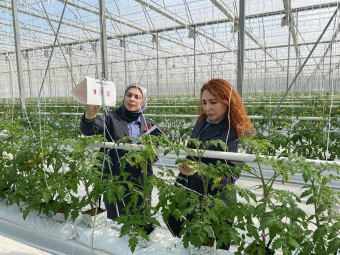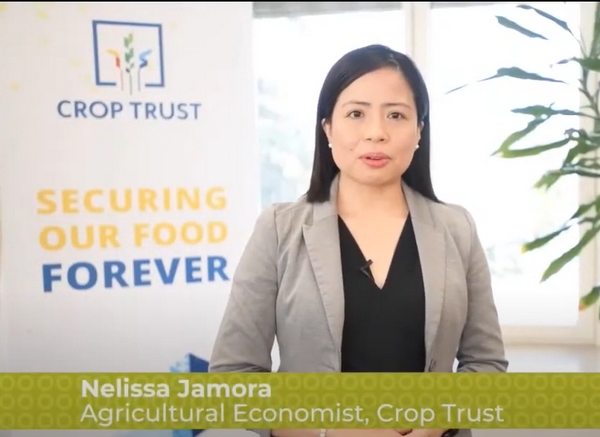In 2025, the Rosselkhoznadzor Administration for the Republic of Dagestan plans to survey over 1.5 million hectares of land, focusing on greenhouses, to detect quarantine pests. Approximately 7,700 traps, including 4,000 pheromone traps in greenhouses, will be utilized to identify threats such as the tomato moth, tobacco whitefly, western flower thrips, and leaf miners. The agency encourages agricultural enterprises to conduct their own monitoring using pheromone traps and promptly report any suspicious findings.
Pheromone traps are a vital tool in integrated pest management, especially in greenhouse environments. They function by emitting species-specific chemical attractants that lure pests into traps, facilitating early detection and population monitoring. For instance, in tomato cultivation, pheromone traps are effectively used to monitor and control the tomato moth (Tuta absoluta). These traps not only help in tracking pest populations but also assist in timing the application of control measures, thereby reducing the reliance on chemical pesticides.
The deployment of pheromone traps has proven beneficial in managing various greenhouse pests. For example, traps targeting the western flower thrips (Frankliniella occidentalis) have been utilized to monitor and reduce their populations in protected cultivation settings. By capturing adult males, these traps help in assessing infestation levels and determining the necessity for additional control strategies.
Implementing such monitoring systems is crucial for maintaining plant health and ensuring high-quality yields. Regular monitoring allows for the timely detection of pest incursions, enabling prompt and targeted interventions. This proactive approach minimizes crop damage and supports sustainable agricultural practices by reducing the need for broad-spectrum insecticides.
The initiative by the Rosselkhoznadzor Administration in Dagestan underscores the importance of proactive pest monitoring in greenhouse agriculture. Utilizing pheromone traps for early detection and population assessment of quarantine pests is essential for effective pest management. Agricultural enterprises are encouraged to adopt these monitoring techniques to safeguard their crops, enhance yield quality, and promote sustainable farming practices.










